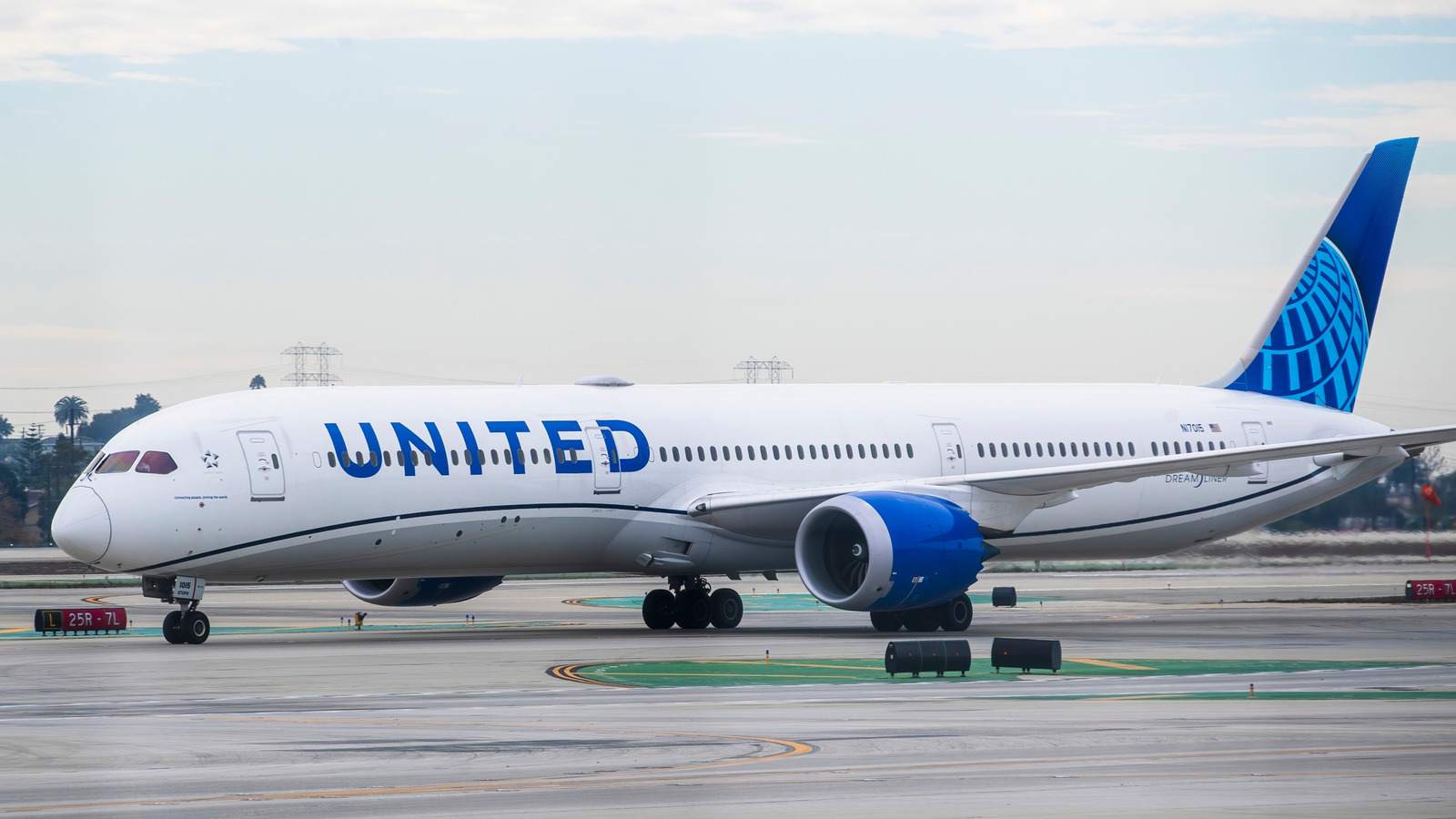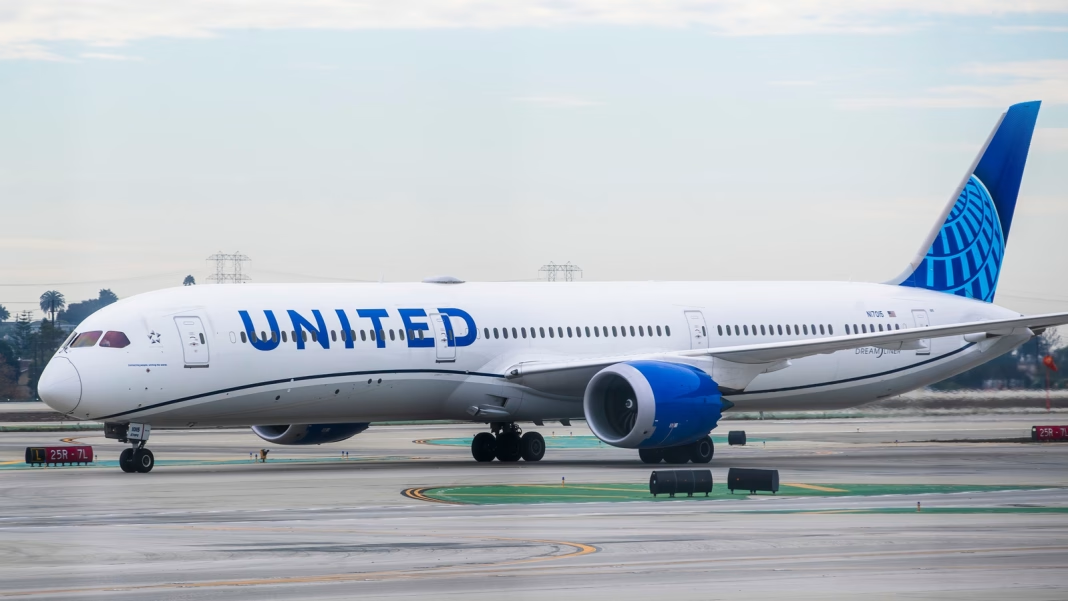What Happens If the FAA Grounds the Dreamliner?
Imagine a world where the skies are a little quieter, and the iconic Boeing 787 Dreamliner is no longer soaring through the clouds. If the Federal Aviation Administration (FAA) prioritizes safety and decides to ground this fleet, it would mean a significant shift in the aviation landscape. With nearly 1,120 Boeing 787s potentially taken out of service, the ripple effects would be felt far and wide.
Why Would the FAA Ground the Dreamliner?
Safety is always the top priority in aviation, and the FAA has a long history of taking decisive action when it comes to aircraft safety concerns. The Dreamliner has faced scrutiny in the past, particularly regarding battery issues and manufacturing quality. If new concerns arise—whether related to structural integrity, system failures, or other safety factors—the FAA may not hesitate to ground the fleet to ensure passenger safety.
The Impact on Airlines and Passengers
The grounding of over a thousand Dreamliners would be a monumental challenge for airlines. Major carriers like American Airlines, United Airlines, and Japan Airlines rely heavily on the efficiency and range of the 787. With a significant portion of their fleets grounded, these airlines would face operational disruptions, leading to canceled flights and delays.
For passengers, this could mean a scramble for alternative travel options. Imagine trying to book a last-minute flight during peak travel season, only to find that your preferred airline has limited availability due to grounded planes. It could lead to increased ticket prices as demand outstrips supply, leaving travelers frustrated and scrambling for solutions.
Real-World Examples of Groundings
We’ve seen this scenario play out before. Take the Boeing 737 MAX grounding in 2019, for instance. That decision led to a massive overhaul of flight schedules, financial losses for airlines, and a significant impact on travelers. In the case of the Dreamliner, the stakes are similarly high. Airlines would need to quickly adapt by reallocating aircraft, which may not be a straightforward task given the unique capabilities of the 787.
What Are the Alternatives for Airlines?
In the event of a Dreamliner grounding, airlines would likely turn to their other aircraft models to fill the gap. This could mean ramping up the use of older models, such as the Boeing 767 or Airbus A330. However, these alternatives may not offer the same fuel efficiency or passenger comfort that the Dreamliner is known for. Airlines might also explore partnerships with other carriers to share capacity, but this can be a complex and time-consuming process.
The Bigger Picture: Safety vs. Convenience
While the inconvenience of grounding a fleet can be frustrating for both airlines and passengers, it’s crucial to remember that safety must come first. The aviation industry is built on trust, and passengers need to feel confident that the aircraft they’re flying in are safe and reliable. If grounding the Dreamliner is what it takes to ensure that safety, then it’s a necessary step, no matter how disruptive it may be.
Navigating the Future of Aviation
As we look ahead, the aviation industry must remain vigilant. Continuous monitoring, regular maintenance, and transparent communication between manufacturers, airlines, and regulatory bodies are essential to prevent safety issues from arising in the first place. The FAA’s actions will undoubtedly shape the future of air travel, but they also serve as a reminder of the importance of prioritizing safety above all else.
The big takeaway? Grounding the Dreamliner isn’t just about the planes—it’s about ensuring that every flight is as safe as possible. If you’re a frequent flyer, stay informed about your airline’s fleet and any potential changes. Being proactive can make all the difference in your travel experience.


